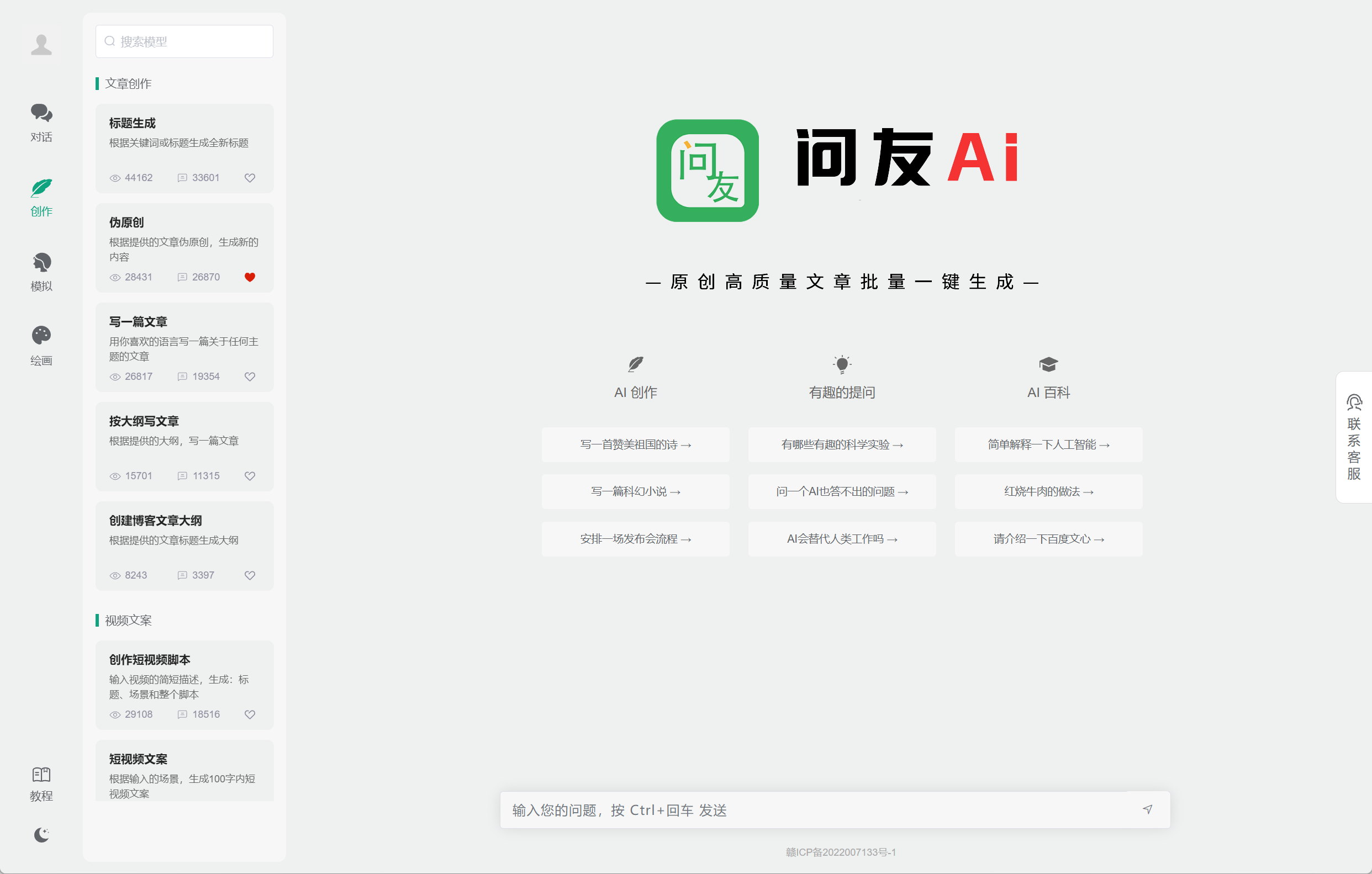Introduction
English text to phonetics conversion is a process that involves the conversion of English text into a sequence of phonetic symbols. The process is used extensively in the field of speech recognition and natural language processing. The process of converting text into phonetics helps to transcribe the spoken utterances to help with the characterization of phonetic types. The aim of this essay is to provide a comprehensive understanding of how English text to phonetic conversion works and the various aspects involved in the process.

Background Information
English text to phonetic conversion involves the use of algorithms to convert English text into phonemes. A phoneme is the smallest unit of sound in a language, which when combined, produce words. English has 44 phonemes, which are represented by symbols known as the International Phonetic Alphabet (IPA).
As mentioned earlier, the process of converting text into phonetics is important in the field of speech recognition and natural language processing. Speech recognition systems use phonetics to transcribe spoken words into text, which can then be analyzed for further processing. Natural language processing emphasizes the conversion of human language into machine-readable formats, and English text to phonetic conversion is an important component of this process.
Detailed Explanation
1. The Importance of Text-to-Phonetics Conversion
English text to phonetics conversion is an important process in natural language processing. The conversion allows for the effective processing of human language by machines. Text-to-phonetics conversion is used in applications such as speech recognition systems, where it helps to transcribe spoken words into text. The conversion process also forms the basis of text-to-speech synthesis by which computer systems can generate speech from written text.
Moreover, in language acquisition studies, text-to-phonetics conversion is used to study the relationships between text and speech. It is also used in speech therapy to help with pronunciation and accent modification.
In summary, text-to-phonetics conversion is a fundamental process in natural language processing, and its applications go beyond speech recognition and text-to-speech synthesis.
2. The Role of IPA in Text-to-Phonetics Conversion
A phoneme is the smallest unit of sound in a language, and the International Phonetic Alphabet (IPA) is a set of symbols that represent the 44 different phonemes used in English. The IPA provides a standard set of symbols for representing phonemes across different languages.
In text-to-phonetics conversion, the IPA symbols are used to represent the sequence of phonemes produced from the conversion process. The symbols are used to transcribe the spoken words into a phonetic representation, which is used in natural language processing applications.
3. Algorithms and Techniques Used for Text-to-Phonetics Conversion
There are various algorithms and techniques used for text-to-phonetics conversion. The most common approach is rule-based, which involves the use of a set of rules that specify how to map each vowel and consonant to its corresponding phoneme.
Another approach is machine learning, which involves training a machine learning model on a phonetic corpus to map text to phonemes. The model is trained on a large dataset of text and its corresponding phonetic transcriptions. Once the model is trained, it can be used to transcribe new text into phonetics.
4. Challenges in Text-to-Phonetics Conversion
Despite its importance in natural language processing and speech recognition, text-to-phonetics conversion is still an open research problem with various challenges. One major challenge is ambiguity in pronunciation, especially when it comes to homonyms and homophones, where the same phoneme can represent multiple words.
Another challenge is the variability in speech patterns across different individuals and languages. The variability can lead to an inaccurate transcription of spoken words into phonetic representations.
5. Applications of Text-to-Phonetics Conversion
Text-to-phonetics conversion has various applications beyond speech recognition and language acquisition. For example, it can be used to analyze speech patterns in forensic analysis or in the study of speech disorders. Text-to-phonetics conversion can also be used in teaching English as a second language to help with pronunciation.
Conclusion
The process of English text to phonetic conversion plays a crucial role in speech recognition and natural language processing. The process involves the conversion of English text to a sequence of phonetic symbols using algorithms and techniques such as rule-based and machine learning approaches. However, there are still challenges that need to be overcome in developing accurate text-to-phonetics conversion systems. Nonetheless, the technology has far-reaching applications in fields such as language acquisition studies, speech therapy, and forensic analysis. The continued development and improvement of text-to-phonetics conversion systems will be important for the future of natural language processing.
